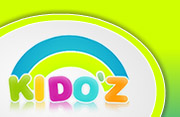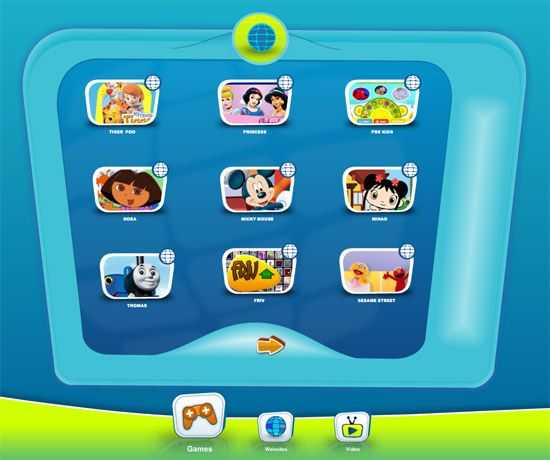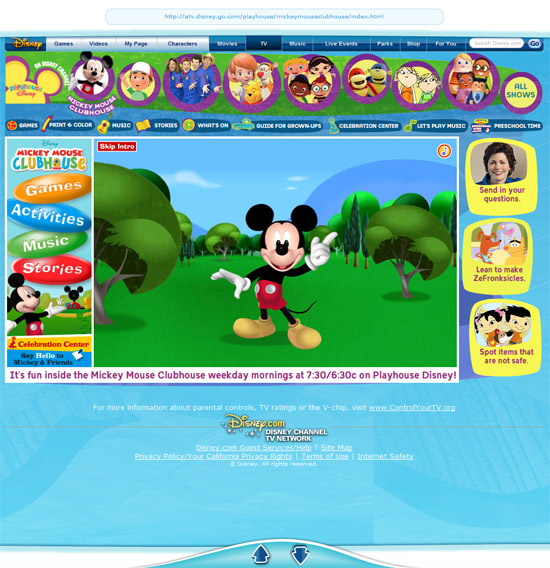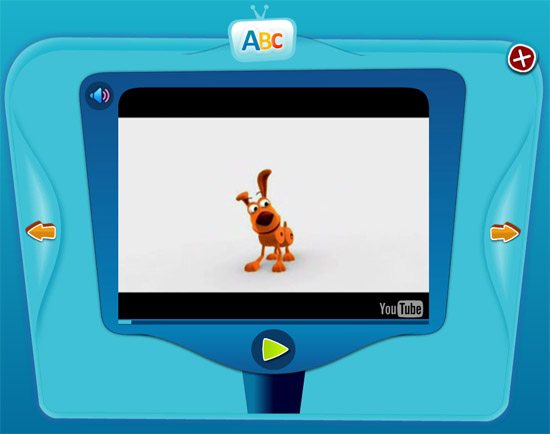Two Trillion Reasons Why KIDO’Z Will Succeed
Key Takeaways
- KIDO’Z, a children’s web browser, is poised to succeed due to its potential access to the largely untapped and profitable niche market of children, which is estimated to be a 2.1 trillion dollar market in the US alone.
- The KIDO’Z browser is designed with simplicity and safety in mind, offering a user-friendly interface and ensuring that all content is child-safe. It also functions as a suggestive search engine, providing a new approach to online discovery for children.
- Despite the potential of children’s browsers and search engines, many web developers and innovators underestimate their value. However, the vast potential user base and market value could make KIDO’Z and similar concepts appealing to innovators and investors.
Phil Butler joins the SitePoint blogging team, reporting on the newest beta web applications.
 Can the children’s browser KIDO’Z help moms and dads ensure safe surfing for their children? Or perhaps more importantly, from a development standpoint, can narrowly focused niche tools effectively provide the greatest value to Web consumers? In my opinion, the answer is yes, and here’s why.
Can the children’s browser KIDO’Z help moms and dads ensure safe surfing for their children? Or perhaps more importantly, from a development standpoint, can narrowly focused niche tools effectively provide the greatest value to Web consumers? In my opinion, the answer is yes, and here’s why.
For those of us working on the Web, the last three years, to a degree, have been about niche development and marketing—targeted ads and a whole range of innovations that have sought to engage the Web audience. From geeks to geezers, marketers and site owners have endeavored to garner page views, and ultimately customers, with a seemingly endless array of widgets, tools, ploys, wowing technology and out and out circus wizardry. But somehow, the most important and profitable niche in the world has been largely overlooked.
Mommy, Can I?
Kids are without a doubt the holy grail of a monetized Web, yet no one has grabbed a substantial market share of this estimated 2.1 trillion dollar market (US only). This fact begs the question; “What kind of application or service could grab the widespread attention of children, and keep it?” According to every expert resource there is, Moms make the spending decisions for most families, and a child’s “want” craving is a powerful parental stimulus. In a (*.pdf) study performed by the Marketing to Moms Coalition in 2007, the top 5 priorities for the Mom spending group are:
- Her relationship with her children
- Quality of education and teachers
- Safety –- in the physical and digital world
- Drug and alcohol use prevention
- Healthy eating and exercise
Sure, there are sites for kids all over the Web, but none that provide a hub—none so notable that we think of them in the every day—and least of all a kids browser. Until now, that is. Enter KIDO’Z, a kids-only web browser, written in Adobe AIR by a Tel Aviv-based startup. If there was ever a marketing “no brainer”, at least in my view, then engaging kids and families would be it.
A Tiny Surf Board
Of over 500 beta tests I have been involved with in the last three years, KIDO’Z is without a doubt the simplest and easiest concept to convey to others. Google taught us that minimalist was in vogue, and simplicity and discoverability are the beta tester’s dogma for description. The KIDO’Z browser can easily be outlined thus:
- UI -– simple, elegant and flawlessly usable for the user (that would be the child)
- Discoverability -– A child could do it (sorry, couldn’t resist!)
- Navigation –- One slight flaw, in that navigating back to “Home” has only one button
- Aesthetics –- Beautiful and sweet, as any kid’s tool should be
- User Experience -– Pointing and clicking to find cool and educational stuff is fun
- User Value -– Only the highest quality content sites, though currently limited in number.
- Safety and Security –- Nothing exists in the KIDO’Z matrix of browser sites that is not child-safe
As the screenshots below indicate, less is definitely more in the case of the KIDO’Z browser. No typing is necessary at all, and kids can simply click through to appropriate games, websites, or videos supplied by some of the best children’s destinations in the world.


As an added bonus feature, the KIDO’Z browser also functions as a suggestive search engine. So “the little surf board that could” may well be the paradigm shift catalyst for suggestion engine relevance superiority. I know for certain that the team behind Microsoft’s Powerset (and no doubt the Google folks, too) are addressing the very nature of reorganizing search, but that is a subject for another study.
Conclusion
KIDO’Z is safe, period. Users cannot venture outside the KIDO’Z environment. One aspect that may need to be addressed though, is the capacity for parents to block sites that they do not want their kids to visit out of sheer preference. Aside from this nice-to-have feature, the KIDO’Z crew are focused on tweaking their browser based on user feedback, and adding features such as allowing users to add more sites to the whitelist.
Ironically, I’ve been talking with notable web developers of late about the value of niche tools like KIDO’Z. These “web innovators” all agree that kid browsers and search engines are viable and needed tools, but beyond their simple interest and curiosity, they can’t see much value in the concept. With everyone on the planet looking for a “Google Killer”, how can hundreds of millions of potential users and trillions of dollars not be appealing to the world’s greatest innovators—let alone investors?
Perhaps KIDO’Z and similar ideas are just too simple?

Frequently Asked Questions about KIDOZ
What is KIDOZ and how does it work?
KIDOZ is a content discovery platform designed specifically for children. It provides a safe and fun environment for kids to explore, play, and learn. The platform works by curating age-appropriate content from around the web, including games, videos, and educational resources. Parents can also customize the platform to suit their child’s interests and needs, ensuring a personalized and engaging experience.
How does KIDOZ ensure the safety of its content?
KIDOZ takes child safety very seriously. All content on the platform is manually reviewed and approved by a team of experts to ensure it is age-appropriate and safe for children. Additionally, the platform does not allow any form of advertising or in-app purchases, protecting children from inappropriate content and unexpected costs.
Can I customize the content on KIDOZ for my child?
Yes, KIDOZ allows parents to customize the content that their child can access. This includes setting age restrictions, choosing specific categories of interest, and even blocking certain types of content. This ensures that your child has a personalized and engaging experience that is also safe and appropriate.
How does KIDOZ compare to other children’s platforms like Playhouse Disney?
While both KIDOZ and Playhouse Disney offer a range of content for children, KIDOZ stands out for its focus on safety and customization. Unlike Playhouse Disney, KIDOZ does not include any form of advertising and allows parents to fully customize the content that their child can access.
Can I use KIDOZ on multiple devices?
Yes, KIDOZ can be accessed on a variety of devices, including smartphones, tablets, and smart TVs. This makes it easy for your child to enjoy their favorite content wherever they are.
Is KIDOZ free to use?
KIDOZ offers a free version of its platform, which includes access to a limited range of content. For a small monthly fee, you can upgrade to the premium version, which provides access to the full range of content and additional customization options.
What age group is KIDOZ suitable for?
KIDOZ is designed for children aged 2-12. The platform offers a wide range of content to suit different age groups, from simple games and videos for toddlers to more complex educational resources for older children.
How often is new content added to KIDOZ?
KIDOZ regularly updates its platform with new content. This ensures that your child always has access to fresh and engaging resources.
Can I monitor my child’s activity on KIDOZ?
Yes, KIDOZ includes a parent dashboard that allows you to monitor your child’s activity on the platform. This includes seeing what content they have accessed and how much time they have spent on the platform.
How can I get support if I have issues with KIDOZ?
KIDOZ offers a comprehensive support service for parents. This includes a detailed help center with answers to common questions, as well as a dedicated support team that can be contacted via email or live chat.



